Two bears who were badly injured in the California wildfires last year have been returned to the wild after vets used fish skin to heal third-degree burns on their paws.
A team of researchers, which included experts from the Davis Veterinary Medical Teaching Hospital and the California Department of Fish and Wildlife, stitched the skin of tilapia fish – which are widely available and inhabit shallow streams, ponds, rivers and lakes – on to their injured paws.
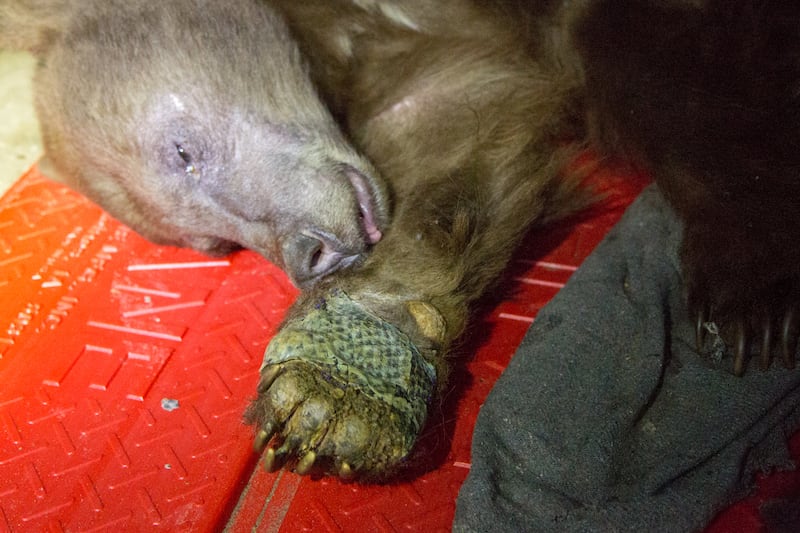
Fish skin, which contains collagen, has already been used by doctors in Brazil to treat human burns but the technique is not yet approved for use in the US.
The bears had oozing wounds and some of their paw pads were completely burned off when they were brought in.
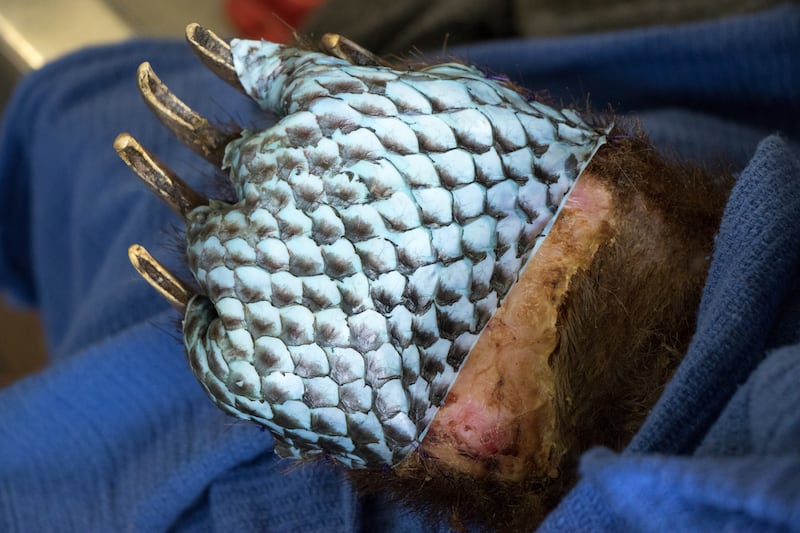
After the wounds were cleaned and stitched with sterilised fish skin, the paws were then wrapped in bandages made from rice paper and corn husks to encourage healing, while acupuncture was used to help the bear with pain management.
Dr Jamie Peyton, of the UC Davis Veterinary Teaching Hospital, said: “We expected the outer wrapping to eventually come off, but we hoped the tilapia would keep steady pressure on the wounds and serve as an artificial skin long enough to speed healing of the wounds underneath.”
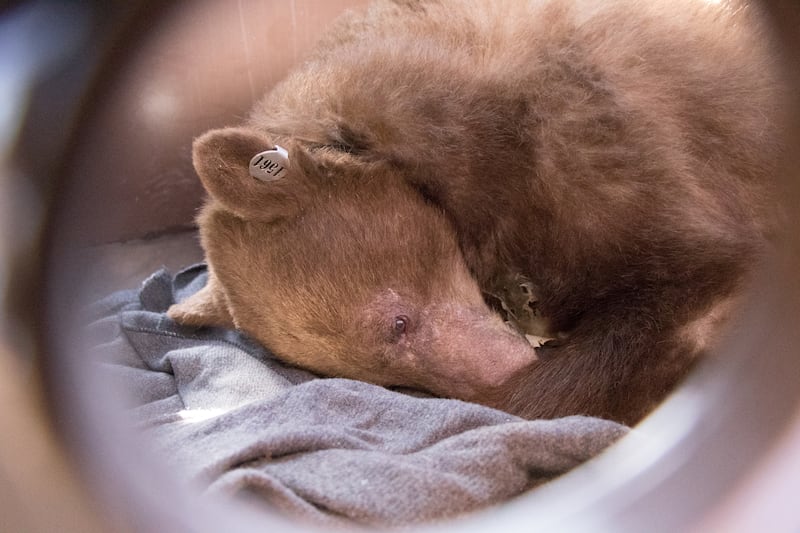
During treatment, the team discovered one of the bears was pregnant, which meant they needed to speed up the recovery process and help rehabilitate the animals in the wild.
Deana Clifford, also of the UC Davis Veterinary Teaching Hospital, said: “That was a game changer for us, because we knew it wouldn’t be ideal for her to give birth in confinement.
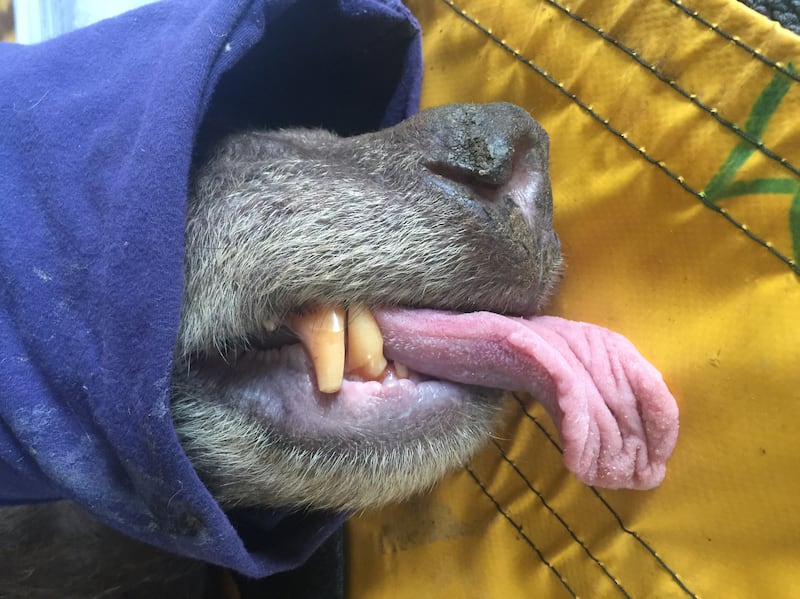
“We aren’t really set up to have a birth at the lab holding facilities, and we knew there was a high probability that she could reject the cub, due to all the stress she was under.”
They also had another patient – a mountain lion – but his injuries were not as severe and because of his young age, the lion has been earmarked for placement in a wildlife rescue facility.
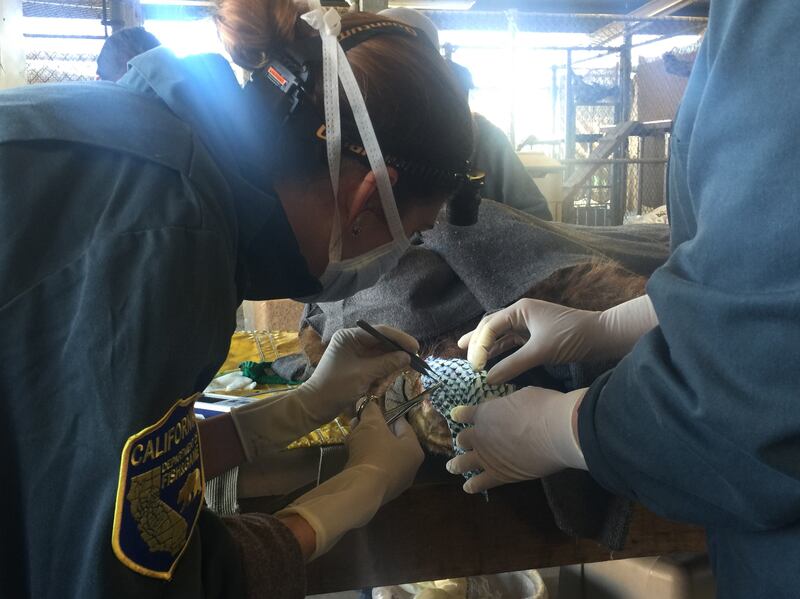
After weeks of treatment, the bears were released back into the Los Padres National Forest.
Clifford said: “We’re really hopeful that these novel treatments accelerated the healing for these bears and provided them the best odds of survival.
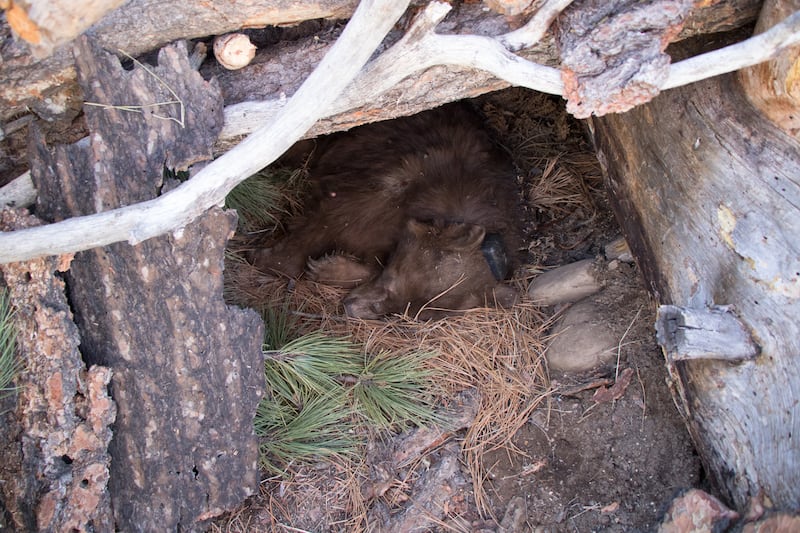
“It’s especially good to know that we’ve maximised the odds of survival for the cub on the way.
“We don’t know exactly when it will be born, but hopefully we’ll be able to monitor the movements of the mother via satellite, and that will give us an indication of how things are going.”







